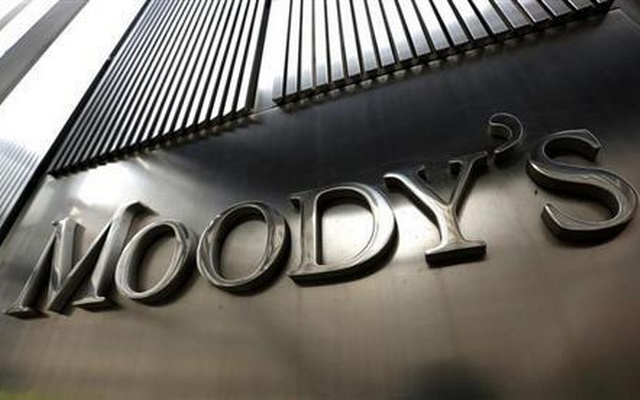US-based Moody’s Investors Service has affirmed the Bangladesh government’s Ba3 bond rating and maintained a stable outlook on the rating.
The investment rating issuer released the information in a statement on Monday outlining the rationale for the decision.
Moody’s believes Bangladesh’s bonds will remain stable based on its continued robust growth rate, a relatively stable macro-economic situation and comparatively low levels of government debt.
It reports that the real GDP of Bangladesh grew at an average rate of 6.2 percent per year between FY2007 and FY2016, which Moody’s calls “… significantly higher than the median of 4.3% for Ba-3 rated peers”.
One of Bangladesh’s largest drivers of growth, the garment sector, is expected to gain on the global apparel market as China switches to higher-value goods.
Moody’s also predicts the recent decline in the country’s remittance flows will stabilise near current levels. If the current remittance trend continues, however, it could dampen consumption and grow the current account deficit.
As it stands, Moody’s believes lower remittances and rising imports will result in a small current account deficit in FY2017 of 0.2 percent of GDP.
One of Moody’s main concerns regarding the improvement of Bangladesh bond rating are the small tax revenue base.
Bangladesh’s government revenue ratio, about 10 percent of GDP in FY2016, is one of the lowest among the government bonds rated by Moody’s. The government’s debt payments amount to nearly 20 percent of annual revenue and can constrain its ability to spend on physical and social infrastructure. Moody’s suggests the new VAT system may go some way to improving this situation.
Institutional weakness, such as inadequate rule of law, government effectiveness and corruption, may further constrain the credit rating.

